Miniature worlds of the season
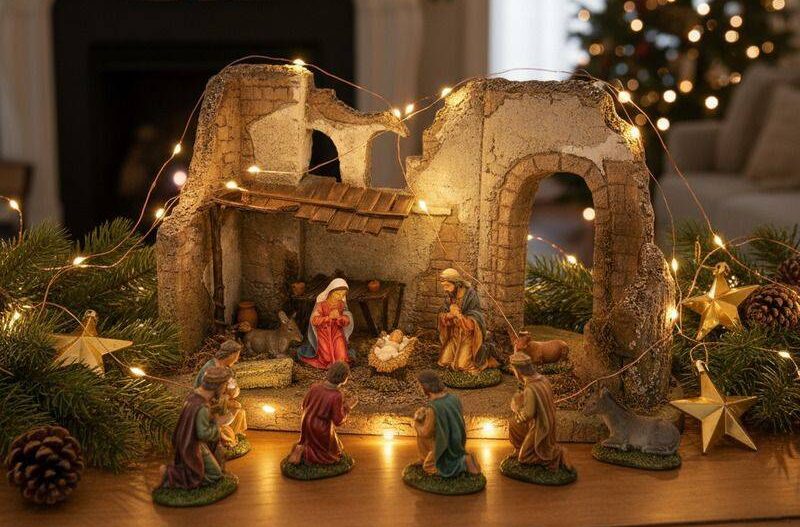
Centuries before holiday décor filled store aisles, families in the German and Alpine regions shaped winter scenes on tabletops to honor the Nativity.
These early tableaux grew from quiet devotional practices. Wood, clay, straw, and hand-painted paper formed tiny houses that framed the central crèche. Village arrangements slowly expanded as households added mills and bridges, and townsfolk were influenced by local folklore.
The tradition flourished across Central Europe as artisans refined carving styles and experimented with colored lacquers. Christmas markets eventually carried small structures that encouraged families to build their own sets at home.
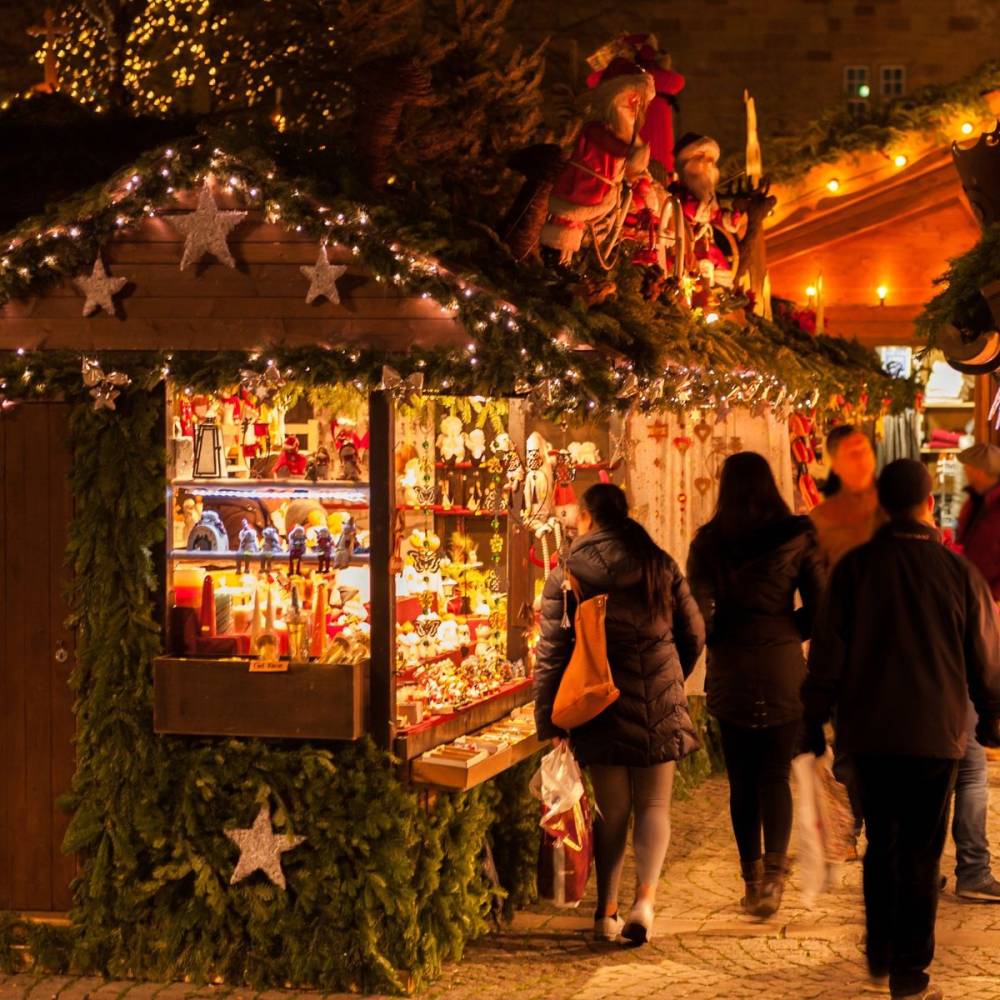
Crossing the Atlantic
German communities that settled in North America during the 18th and 19th centuries sustained these winter dioramas as part of their seasonal identity.
By the early decades of the 20th century, American manufacturers began producing glittered cardboard houses known as putz buildings. Retail catalogs of the 1920s documented these paperboard cottages, which were often illuminated by small bulbs placed inside, according to period catalog archives from the Sears and Roebuck collections.
The craft matured again in the latter half of the century when ceramic houses reached the market through decorative arts companies that popularized detailed, kiln-fired miniature towns.
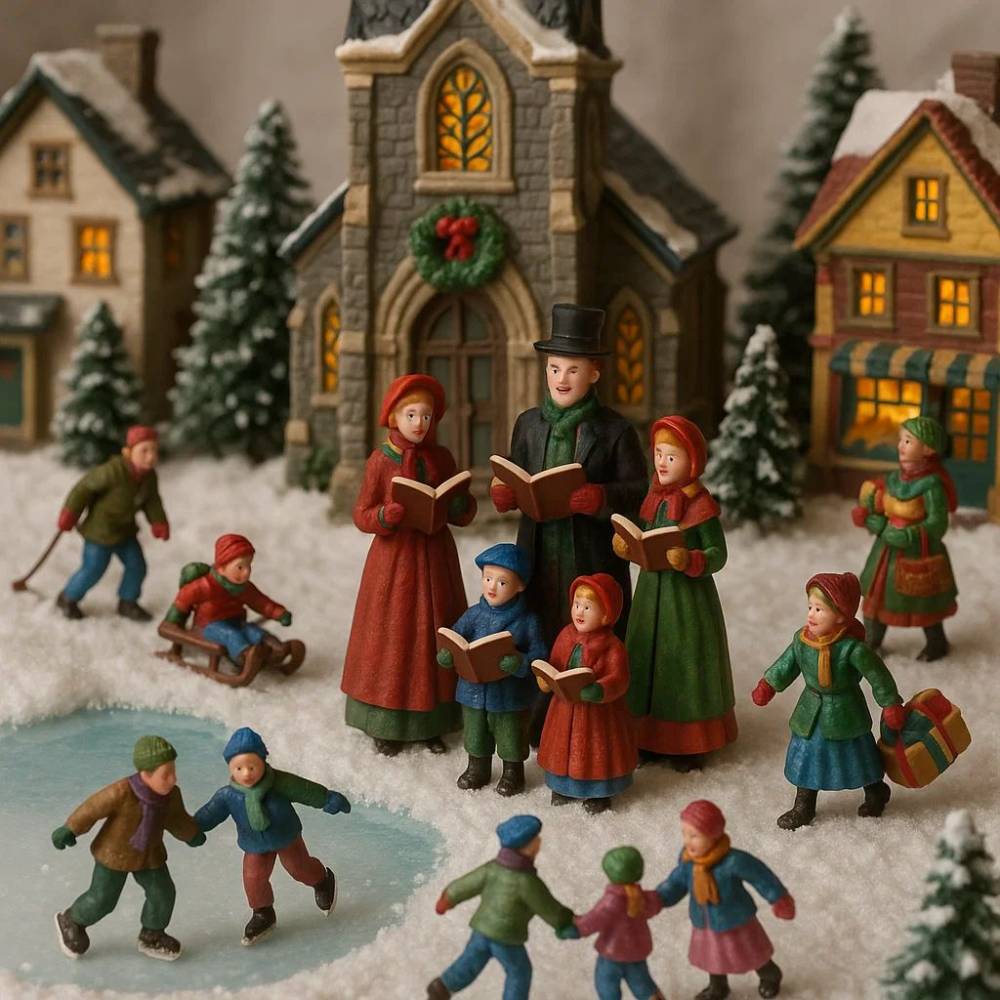
Arrival in the Philippines
Holiday culture in the Philippines absorbed village displays through a long relationship with American customs that shaped mid‑century festivities.
Postwar households embraced imported décor as access to new consumer goods expanded through commissary stores and bazaars.
Overseas Filipinos returning during the holidays carried boxed sets that enlivened homes alongside parols and beléns, quietly blending foreign imagery with familiar local symbols. As enthusiasm grew, community markets fostered a small-craft tradition in which makers experimented with hand-cut plywood, painted cardboard façades, and molded resin pieces that reflected vernacular architectural styles.
These displays entered mall culture in the 1980s and 1990s when large commercial centers began staging immersive holiday attractions.
Expansive seasonal installations invited families to wander among scaled landscapes arranged with bridges, plazas, and moving elements that echoed the charm of community celebrations. The spectacle turned the village tradition into an anticipated visual marker of the season, reinforcing its place in Filipino holiday memory.
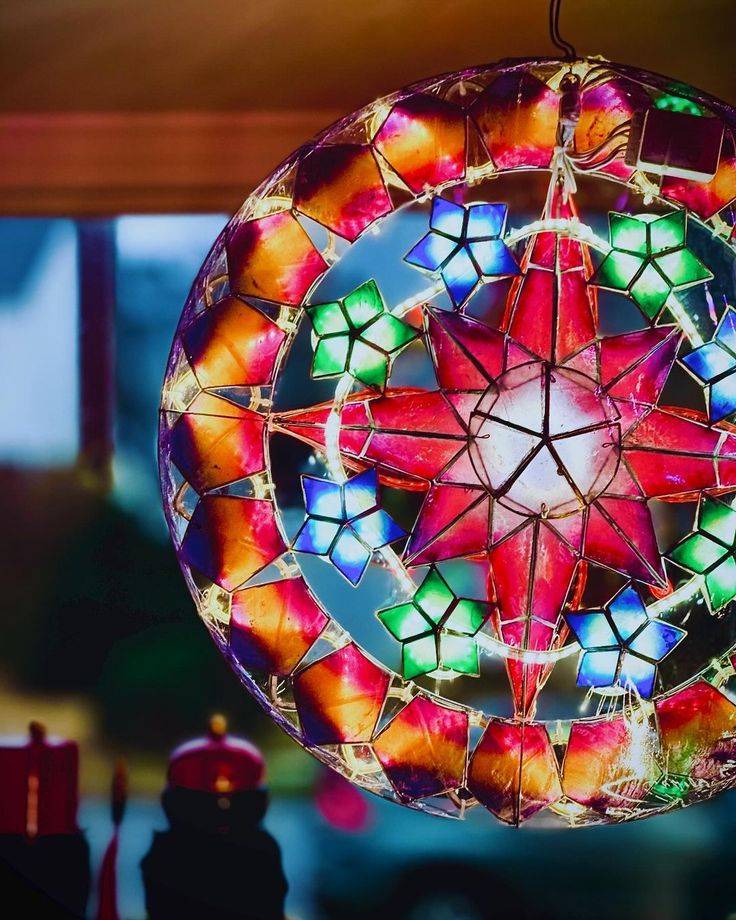
Materials through time
The earliest examples relied on humble resources such as carved softwoods, papier-mâché, tin details, and sculpted clay. Their textures reflected the handcrafted character of rural workshops.
Industrial advances in the 20th century gave rise to printed cardboard villages supported by cellophane windows and simple electric lights.
Contemporary collections now favor resin, cold-cast porcelain, and lightweight polymers that support crisp detailing.
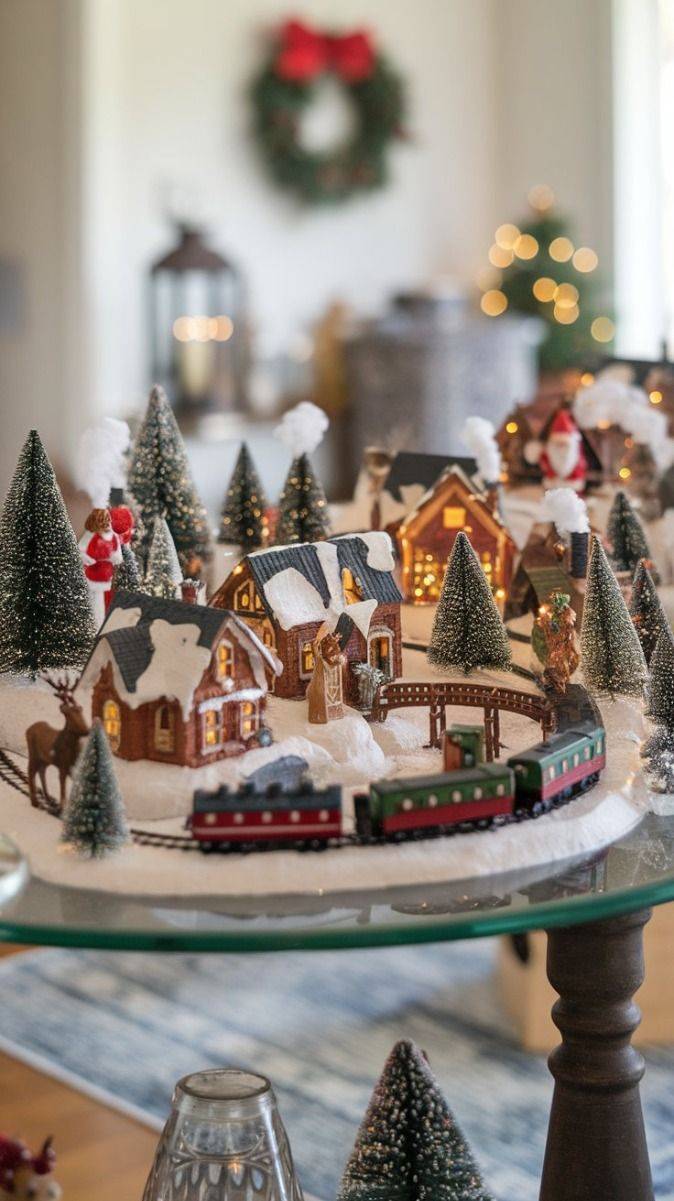

Decorative arts surveys from the Victoria and Albert Museum note the growing popularity of ceramic and porcelain ornaments in the late 20th century. LED integration lends today’s villages a soft glow that shifts with changing scenes.
Rituals and seasonal customs
Many families begin assembling these displays at the start of Advent as part of a shared seasonal rhythm that signals the turning of the year.
The process becomes an unhurried ritual of unpacking familiar pieces wrapped in tissue, rediscovering small figures, and arranging them in plazas, forests, and snowy paths shaped by memory.
Filipino households place these scenes near Christmas trees or entry consoles, lending interiors a layered display that blends imported tradition with local warmth. Families returning from overseas gifting seasons often bring home new pieces that add diversity to village styles found across neighborhoods.
Commercial environments amplify the idea through expansive installations in malls and public halls where mechanical trains weave around plazas, snowfall machines shimmer against painted backdrops, and illuminated storefronts anchor the season’s atmosphere.

The enduring charm
Miniature landscapes offer a quiet counterpoint to the holiday pace. They captivate through scale and detail while grounding interiors in tradition. Each scene becomes a reminder of how imagination and craftsmanship continue to shape the spirit of the season.
The author (www.ianfulgar.com), is a leading architect with an impressive portfolio of local and international clients. His team elevates hotels and resorts, condominiums, residences, and commercial and mixed-use township development projects. His innovative, cutting-edge design and business solutions have garnered industry recognition, making him the go-to expert for clients seeking to transform their real estate ventures

















